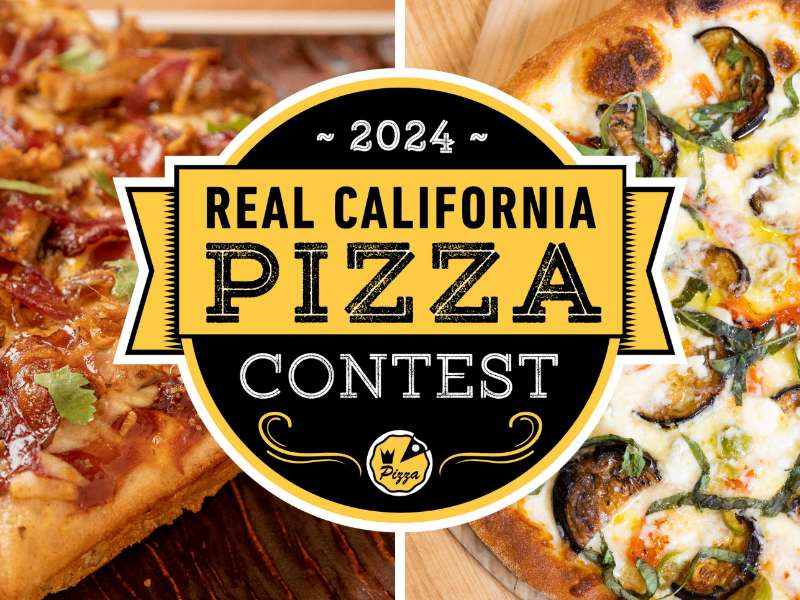Restaurants are an integral part of the fabric of a community, employing dozens of people and providing a gathering place for guests. It’s no wonder that restaurant owners so often give back to their community through charitable donations of food, time and expertise, and of course, money.
According to the National Restaurant Association, 94% of restaurants make charitable contributions, 70% of which are cash contributions totaling $3 billion per year. But often, the work of aligning with nonprofit causes and the reality of having to say no to some inquiries can be points of stress and frustration for business owners. Having a plan in place for how to handle inquiries, engage with nonprofit partners, and maximize the effect of your business’s charitable contributions can go a long way in alleviating those burdens. Let’s break down charitable giving into its basic components: who, how much, creating a Nonprofit Plan, and marketing.
Who Are You?
When deciding which organizations to support, it’s important to identify who you are as a business. What are your values as the business owner? How can you support your staff and your clientele through nonprofit activities—which causes are dear to your people?
You may choose to support causes to which you are personally connected, such as The American Heart Association or The SPCA; or you may choose to support organizations that you feel have a positive impact through their work around the globe, such as Rotary International or Feeding America. Often, restaurants will support local causes that are specific to their community, connecting directly with the people around them who are in need.
Determine which nonprofits are your business’s highest priority, and then assign those nonprofits a length of time for which you will be engaged in charitable giving for them. A quarterly cycle works well for financial planning. Consider selecting four nonprofits for each fiscal year for your Nonprofit Plan.
How Much?
Deciding how much to contribute to nonprofits can be a tough decision. Whether you decide to give a percentage of profits, a flat cash sum, food, or services, it’s important to know what is and isn’t tax deductible. Dan Steiner, CEO of Steiner Business Solutions, offers this advice:
Restaurants may donate the following:
- Food
- A flat amount of money
- Gift certificates and gift cards used for fundraisers (ex: raffles)
- Used equipment (if the restaurant equipment is valued at more than $5,000, you must first get a qualified appraisal of the items and attach the appraisal to your tax return when you file.)
- A percentage of a particular day/evening’s food sales
You cannot:
- Deduct the value of your time or donated services
- Deduct anything donated or provided after January 1 on your previous year’s tax return
- Deduct a value more than 50% of the adjusted gross income of your business
You may be able to:
- Deduct the cost of unreimbursed supplies purchased (out of pocket expenses) that were used in providing donated services
- Receive an enhanced deduction as a business donating food, allowing you to deduct a combination of cost and a percentage of the gross margin
Remember, ask for the inquiring nonprofit’s 501c3 number for your records, and always keep your receipts. When in doubt, ask a CPA to walk you through the tax deduction process before you agree to give money or goods to an organization.
Your Nonprofit Plan
Many business owners, not just restaurateurs, have been faced with solicitations for donations at inappropriate times. It’s an unfortunate reality, not something to freak out about. Instead, have a clear path for representatives from nonprofits, schools, and other causes to follow to get on your Nonprofit Plan.
Create a simple application—Google Forms can be a great tool for this—and collect the following information:
- Name of organization
- 501c3 number
- Specific request (money, food, time, staff support)
- Dates of engagement (when do they need you?)
- How will this donation be used, and what impact will it have on the community?
- How does the organization plan to promote this charitable event/act?
You can also ask more specific questions of the organization, including what other businesses are supporting the cause and how many people the organization serves. Be clear about your involvement. If the contribution is associated with an event, how aggressively does the nonprofit expect you to promote the event; and what is their plan for promotion on their end? These are fair, reasonable questions to ask someone who is asking for your time, money, or services.
Giving as a First Step
Supporting the causes that are important to you and your business is a great way to connect with a larger audience within your community. When working with a nonprofit, discuss ways that you can leverage their network—board members, donors, and other supporters—as customers.
When you support a nonprofit, you should absolutely be telling that story. It helps your guests get a better picture of who you are as a business owner and what your business stands for, and it brings increased exposure to the causes you care about most. Share the work you do on social media and on your website, and when appropriate, create signage or other marketing pieces that share your nonprofit with guests in your restaurant.
One great way to bring awareness to a specific cause is to create a signature dish on your menu that benefits a nonprofit. Create verbiage around the issues and beneficiary on your menu, and then spread the word. Create a press release or simply send an email to local media letting them know how you’re contributing to the community. These are the kinds of stories that media loves to share!
Saying "No"
No one said the restaurant industry was easy or that it comes with huge payoffs and great profit margins. It’s ok to consider your bottom line when determining what and how much you can give back. That’s why it’s important to create a Nonprofit Plan in advance, say for a year at a time, and then stick to that plan.
When representatives from nonprofits, schools, and fundraisers approach you for donations, let them know that you have a Nonprofit Plan in place, and give them the appropriate steps to follow up. Then take a moment to respond to the inquiry graciously, whether or not you are able to help. People understand that business owners, especially restaurateurs, are bombarded with requests; and typically, most people are satisfied with the kind but clear answer, “we appreciate the work you do for our community, but we are unable to offer financial support at this time. Please give us your information, and we’ll consider your organization for next year’s nonprofit program.” It’s as easy as that.
Sources:
Rewards Network: The Restaurant Guide to Charitable Giving
National Restaurant Association: Food Donation
National Restaurant Association: Giving Back: Finding charitable opportunities for your restaurant
IRS: Can I Deduct My Charitable Contributions?



